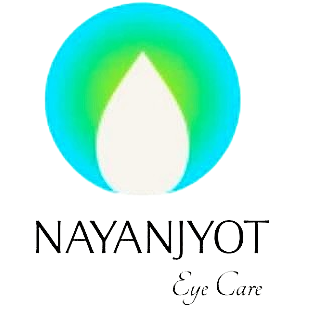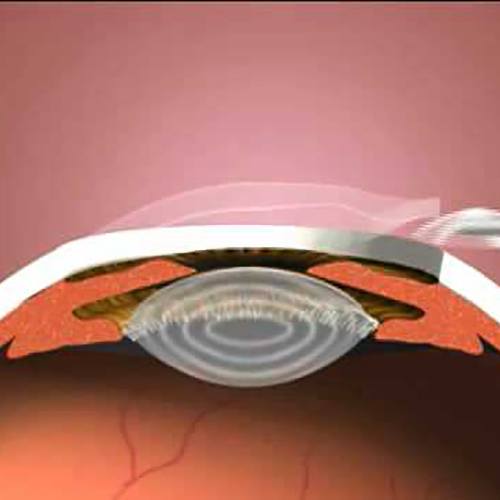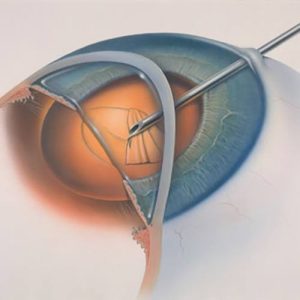Laser Vision correction, though a cosmetic surgery, can be pivotal in changing the personality, appearance, confidence, big career and life decisions of a patient. We, at Medilaser, have been the pioneers in the field of refractive surgery since 1996 with more than 20000 satisfied patients till date. Receiving positive feedback, seeing their happy smiles and hearing their success stories is the most gratifying aspect of our work.
SURAJ PATEL Says “I cleared my medical fitness test for Air Force all thanks to the Relex SMILE procedure that I had done in 2019 at Medilaser. It was quick, painless and I haven’t had any trouble since. It has literally helped me soar new heights! Candidates applying for merchant navy, Police force as well as Air force have strict vision guidelines and laser vision correction can take them a step closer to achieving their dream.
SHIREEN LIMAYE, Captain of our Indian National Women’s Basketball team had ReLEx SMILE Surgery with us in 2022. She shared “I’ve had spectacles for the longest time. Every time I woke up from bed, I would look for my glasses before doing anything else.. It had become a habit because it was all too blurry without them. After so many years, for the first time, the second I opened my eyes I was able to see clearly and it as heaven. ”
https://www.instagram.com/reel/CfdDjW7Az1r/?igsh=Zml2ODU2NDgzb2c1
JAWED CHOWDHARY, captain of the National wheelchair Basketball team also underwent Relex SMILE procedure at Medilaser in 2023. Spectacle freedom permanently can be such a great convenience for sports players and help them perform to their best ability.
MALHAR ATRE, National water polo player has also benefited from SMILE surgery. The permanency, accuracy and safety profile has made this procedure a favourite in recent times.
MRUNMAYEE, had a very high spectacle power (-9D). On her Goa vacation, her glasses got swept away with the waves. She was unable to see anything and could not get new glasses made in Goa in such a short time frame. She was forced to cut short her vacation and take a night bus back to Pune to her spare glasses, but she was in tears. The day after, she was at the clinic, wanting to get rid of this hassle and she never wanted to face such a harrowing experience again. Relex SMILE made that possible for her. She leads a normal life now without dependency, without disability.
https://www.instagram.com/reel/Cot1TDlomWM/?igsh=Zzg0ZXl3MXphbXN6
SWOJAS KULKARNI, with a refractive error of -27 Sph and -4 cylindrical error in both eyes underwent Phakic IOL implantation at Medilaser. He not just got rid of his thick glasses, but had a makeover in his personality. He now makes eye contact when he speaks and has also cleared his driving license test. High refractive errors can have limited peripheral vision and distorted vision due to thick lenses. We have performed more than 500 successful Phakic IOL implantations to change their lives for the better!
MAYANK DARJI, working in the USA, visited us for SMILE treatment and was able to fly back in 2 weeks. The hassle of getting glasses and contact lenses abroad makes a one time treatment an attractive option for NRIs. They usually plan it during their 2-3 weeks India visit.
SAEE MHASKE says,” Dr Ridhima & her team Medilaser are efficient and well versed with their specialties. We did back to back 3 surgeries at Medilaser. One for myself, ICL with high myopia of -12. Neverhad I thought I will be able to see this clearly without contacts or spectacles. Second one, being SMILE refractive surgery for my sister with high myopia of -8.
A smooth procedure indeed. Third one being for my grandfather of 90yrs, his cataract surgery. For someone of his age the surgery was super smooth & comforting. We are all in very happy & are grateful to Dr Ridhima & Team Medilaser. Highly recommend them to anyone looking for refractive or cataract surgeries”.
DEVIKA APTE, flight attendant with Indigo airlines, recently had her laser vision correction done with us. She was intolerant to contact lenses and her job did not permit spectacle use. With a number close to -3 D, she had been working for two years without any vision aid and very poor vision. Getting ReLex SMILE was definitely life changing and for her work and confidence.
AMIT BACHAL, Did the ReLEx Smile eye corrective surgery here. “It is just 5 min procedure and very efficient one. Had a wonderful experience With Medilaser. Dr Ridhima and the staff were very welcoming and friendly. I’m very happy with the experience and I highly recommend Medilaser”.
MIHIR MARKANDE shared, ” I had high myopia -9 SPH / -2 CYL (both eyes).
Dr. Ridhima Bhagali suggested and carried out ReLEx SMILE procedure. I have 6/6 vision without need of wearing spectacles now. Thanks to Dr. Ridhima and the whole Medilaser team”!
These success stories are just the tip of the iceberg. We cross paths and touch lives of many people each day and are grateful to them for placing their trust in our work and experience. These stories are ment to allay any fears or doubts that a few may harbour about Laser eye treatments. The best technology and skills, the most experience in the field and the most comforting staff will make Medilaser your one stop choice for Refractive surgery!











